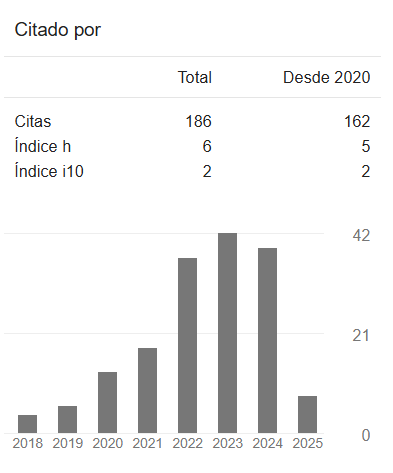Difusión: Convocatoria revista BITÁCORA ARQUITECTURA 46

CALL FOR SUBMISSIONS: (JOURNAL)
BITACORA ARQUITECTURA 46: DIGITAL MEDIA AND ARCHITECTURE
Deadline: November 2, 2020
e-journal: http://www.revistas.unam.mx/index.php/bitacora
Website: bitacora.arquitectura.unam.mx
Publisher webpage: https://arquitectura.unam.mx/bitacora.html
Instructions for authors:
https://arquitectura.unam.mx/uploads/8/1/1/0/8110907/manualdeautores2020__2_.pdf
Send submissions to: bitacora.arquitectura@unam.mx, bitacoraunam@gmail.com
The current pandemic has shown us that we live in a world that functions digitally, online; it has made
clear the need to have access to digital tools. In times of isolation and social distancing, the digital has
made it possible for us get close in ways that we had previously only ever imagined.
In the nineties, the use of digital technologies rapidly expanded in architectural education and practice.
There are few contemporary architectonic projects that do not use some type of digital tool during the
design or construction stages, but their presence cannot be reduced to this. It is with these tools that we
experience the built environment: the digital is everywhere, from how we navigate cities to the ways we
communicate with each other.
Digital technology constantly challenges architecture and its study and provides the possibility of
interpreting buildings and history through new parameters. It also implies a paradigm shift in its very
conception: for centuries, one could only build what could be represented in two-dimensional drawings.
With computer-aided design based on points located in three sets of coordinates, all digitally-designed
forms are, by definition, measurable, geometrical and, therefore, buildable.
The digital turn has occurred alongside a renewed interest in the tangible and the artisanal and there
have been explorations of the distant roots of the digital. A historical analysis of the manual and the idea
of the original can therefore provide a path for digital design. New digital technologies expand the
horizons of design and open up possibilities for understanding architecture from other perspectives.
They are also omnipresent methods of control, but they can be useful for resistance, activism and the
inclusion of all those who have been marginalized or erased from the hegemonic stage.
Those professions connected with design were the first to interpret what Mario Carpo identifies as the
new technical logic of the digital age: the possibility of mass-producing variations at no extra cost. The
digital is variable and this means – among other important consequences – the end of mechanical
standardization, the authorial piece and identical copies.
For this issue, we take on the challenge of interpreting “recent” history and reflecting on the supposed
paradigm shift of the digital in the cultural development of architecture, the landscape, urbanism and
industrial design.





























 This OJS site and its metadata are under a
This OJS site and its metadata are under a 

